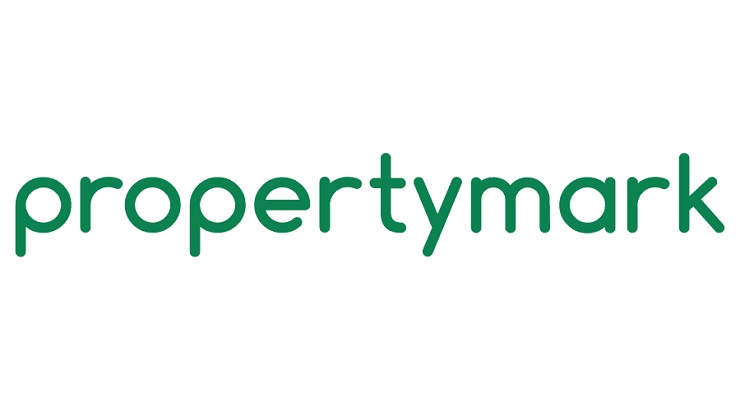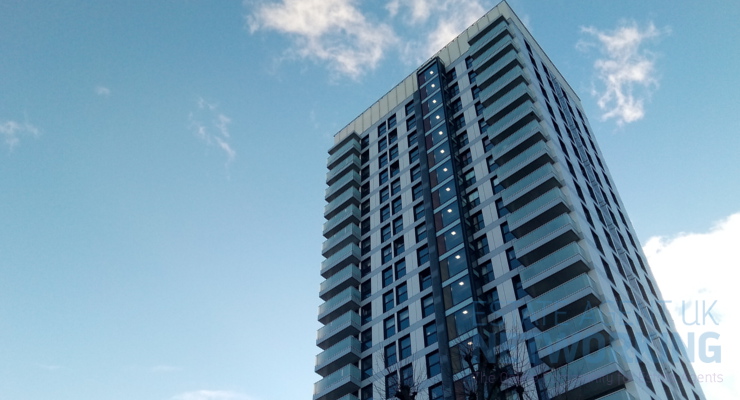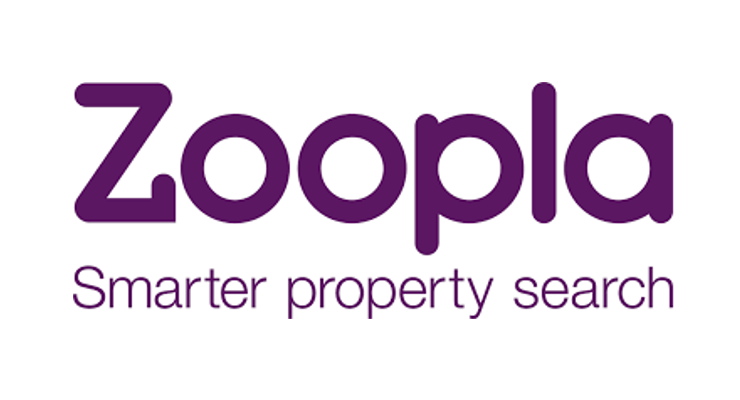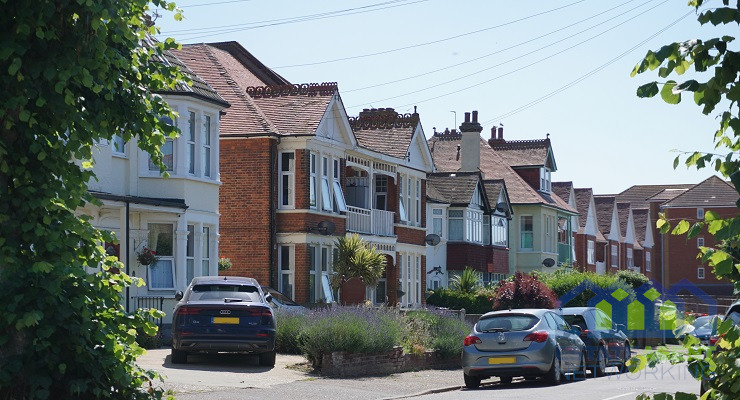Housing Insight Report – Covering January 2025
As widely expected, January 2025 saw an uplift in activity in the sales market due mainly to the Stamp Duty thresholds changing, requiring many homeowners completing from April onwards to pay more tax in England and Northern Ireland.
Residential sales
UK average house price dipped
The average UK house price stood at £268,000 in December 2024.
UK Sales volumes increased
The latest provisional data for the January 2025 non-seasonally adjusted sales volume estimate is nearly 20% higher than a year earlier in January 2024.
1. Following the festive period, the average number of viewings per available property in January 2025 saw a positive uplift. This figure stands at an average of 2.5 viewings for each property marketed.
2. On average, there were around 10.5 homes placed for sale per member branch in January 2025.
Residential lettings
Tenant demand saw a significant rise
The average number of new prospective tenants registered per member branch indicates market demand. Average registration numbers rose from 79 in December 2024 to 115 in January 2025.
Demand continues to outpace supply
Overall, demand continues to outstrip supply, with the average number of applicants per member branch hitting around nine people for each available property in January 2025.
1. The average number of new tenancies agreed upon per member branch climbed to around eight in January 2025.
2. In January 2025, 59% of member agents reported that rents remained generally static, with 15% reporting they had seen an overall fall and near 26% reporting they felt rents had increased.
Nathan Emerson, Propertymark CEO:
“As widely expected, January 2025 saw an uplift in activity in the sales market due mainly to the Stamp Duty thresholds changing, requiring many homeowners completing from April onwards to pay more tax in England and Northern Ireland.”
“It will be interesting to see how the dust settles within the sales market as we move closer to that deadline. Indeed, we are likely to witness this spike in activity tail off. However, people continue to adapt to market conditions, and for those who are factoring in this additional cost, their home move plans may remain unchanged.
“For the private rental market, pressures remain, and the age-old story continues of demand levels increasing against a slowing backdrop of supply. We know that without government support for landlords to continue in the market or for future investors to enter, many may take their investment capability elsewhere or sell up altogether, worsening the ever-widening gap and ultimately pushing up rents even further.”
Phil Spencer, Founder of Move iQ:
“Many home buyers and sellers may be much more confident at approaching the housing market, as a combination of factors, like improved mortgage products, lower interest rates, and overall costs, potentially easing for many across the country. The next and most crucial hurdle is if inflation continues with a path back downwards. Lower inflation will hopefully help more aspiring and current homeowners’ affordability and allow them to move forward and commit to a potential move.”
“For renters, it seems to be a relentless battle to find an ideal home and ensure it’s affordable. With the long-awaited Renters’ Rights Bill to become law and a government consultation underway on plans to require landlords to improve energy efficiency in private rental properties by 2030, both initiatives will provide much-needed help and assistance to renters but may equally impose substantial new costs on landlords. How these additional pressures play out in the rental market will be a major part of the story in 2025.”









